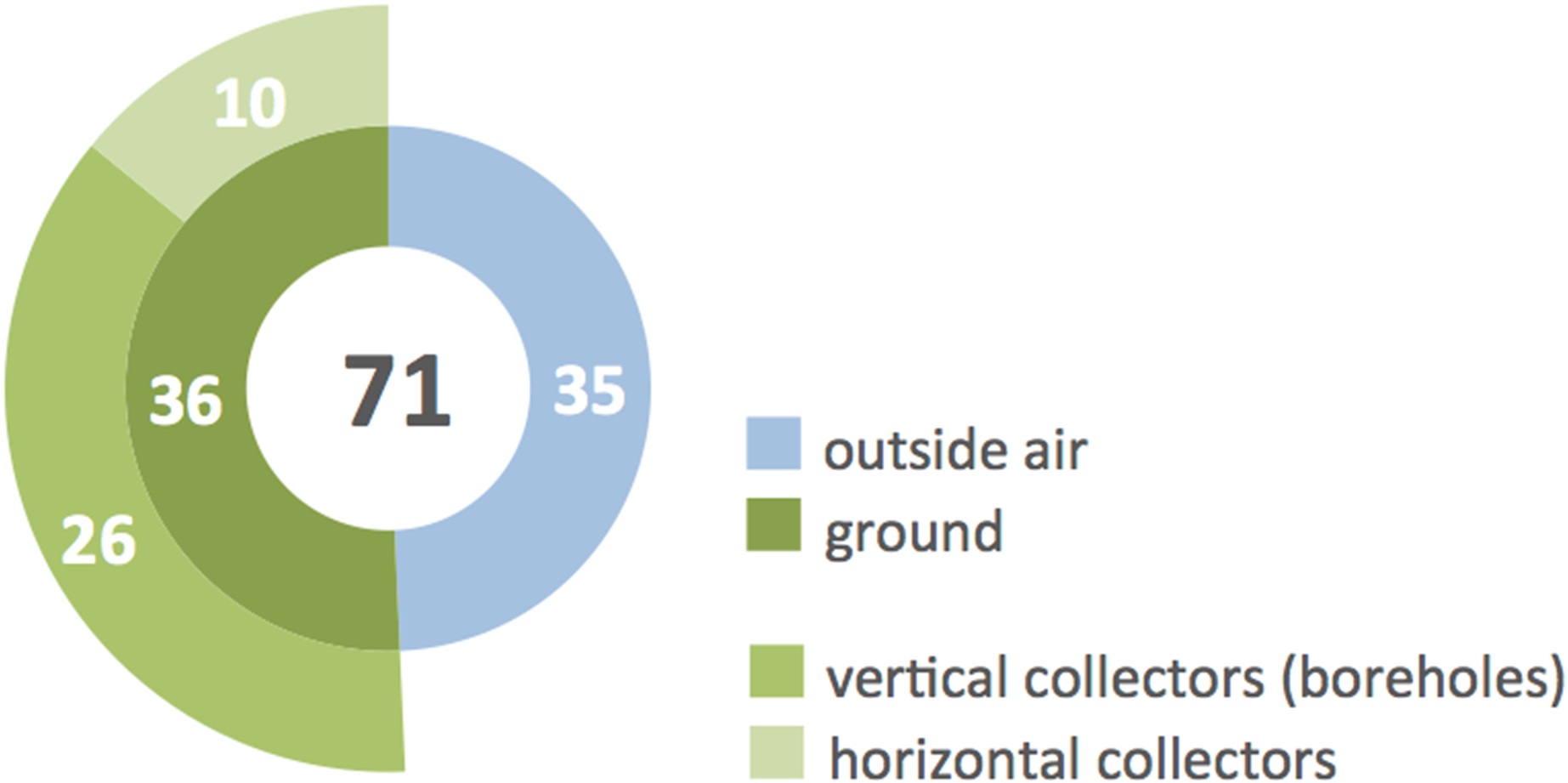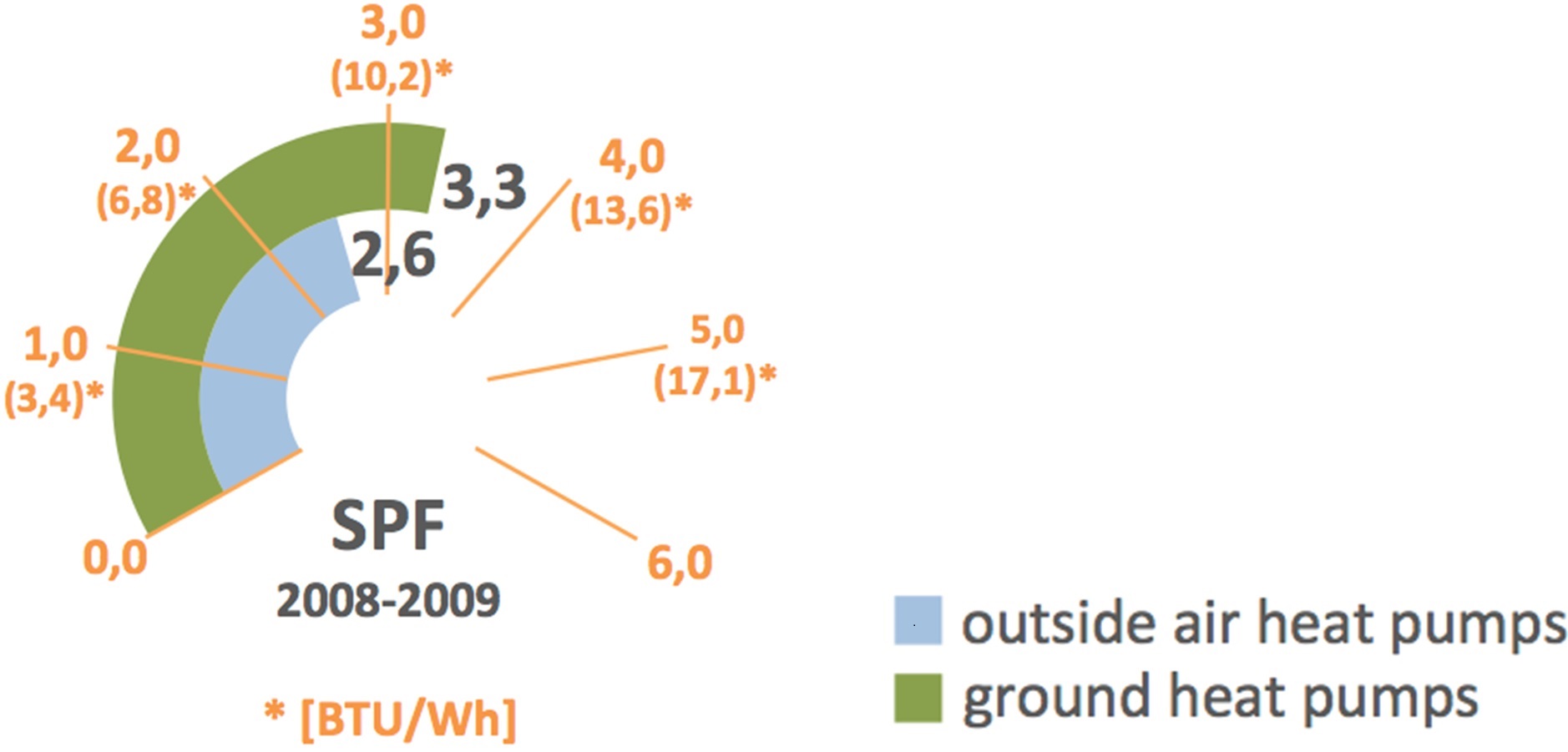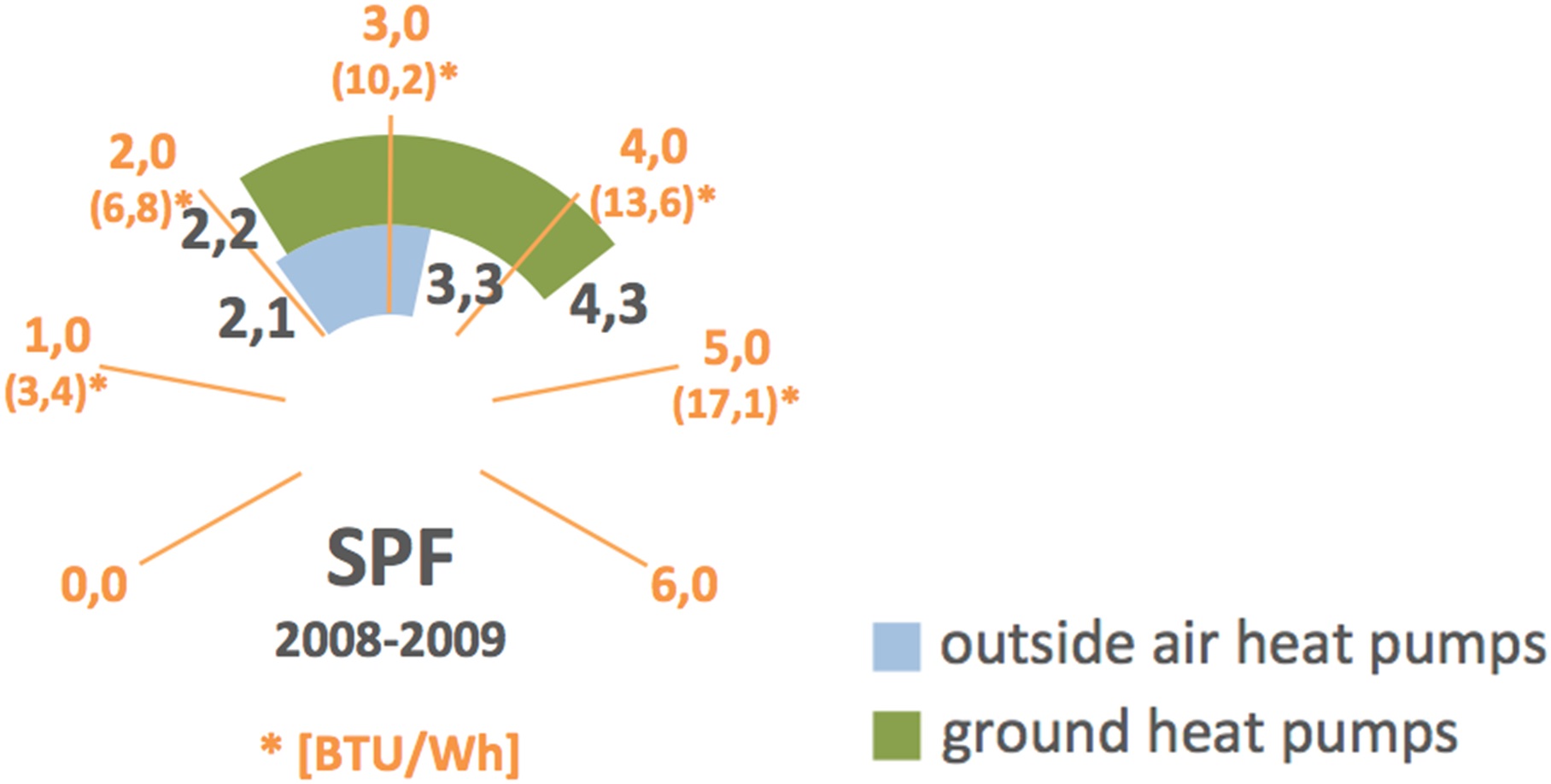| Duration: | December 2006 - December 2009 |
| Contracting Authority/ Sponsors: | E.ON Energie AG |
| Webseite: | www.wp-im-gebaeudebestand.de |
Heat Pumps in the Existing Building Stock – Heat Pump Field Trial in Existing Residential Buildings



The project ”WP im Bestand“ (Heat Pumps in the Existing Building Stock) is based on a large-scale field study to investigate heat pumps in existing buildings. On behalf of E.ON Energie AG the study investigated how commercially available heat pumps could cover the heat demand in existing buildings that had not been or only partly refurbished.Based on the acquired data, , measures were devised that enable the most efficient heat pump operation possible in the building stock. The precondition for participating in the project was the substitution of an oil boiler by a heat pump. Finally the performance of 36 ground source heat pumps, 35 air source heat pumps and two water source heat pumps for space heating and domestic hot water were measured and analyzed in primarily single or double family houses.
The investigated heat pumps were installed in residential buildings with an average heated floor space of 190 m² and an average heat demand (hot water and space heating) of 177 kWh/(m²a).The average thermal capacity of the systems was 14 kW. The heat pumps were implemented into the existing hydraulic system, thus the installed heat distribution system remained the same with 72 % radiators, 2 % floor heating and 26 % as a combination of both options. Due to the high heating demand (due to little or no retrofit) and the use of the existing heat distribution systems, the heating supply temperatures ranged between 50 °C and 65 °C during winter. These higher temperatures were reflected in the system efficiency.
All of the heat pump systems measured were able to meet the demand previously met by the oil-fired boiler. Nevertheless, the efficiency values ranged greatly. In the two year period from January 2008 to December 2009, the ground source heat pumps reached SPF values between 2.2 and 4.1 (average 3.3) and the air source heat pumps between 2.1 and 3.3 (average 2.6). The primary energy demand, greenhouse gas emissions and economic efficiency vary accordingly as expected. In further evaluations the operating times were analyzed and the total efficiency was determined. In addition, a survey was carried out to determine the owners’ satisfaction with the installation and the operation of the heat pump system. A short version of the project report is available on the project homepage (only in German).